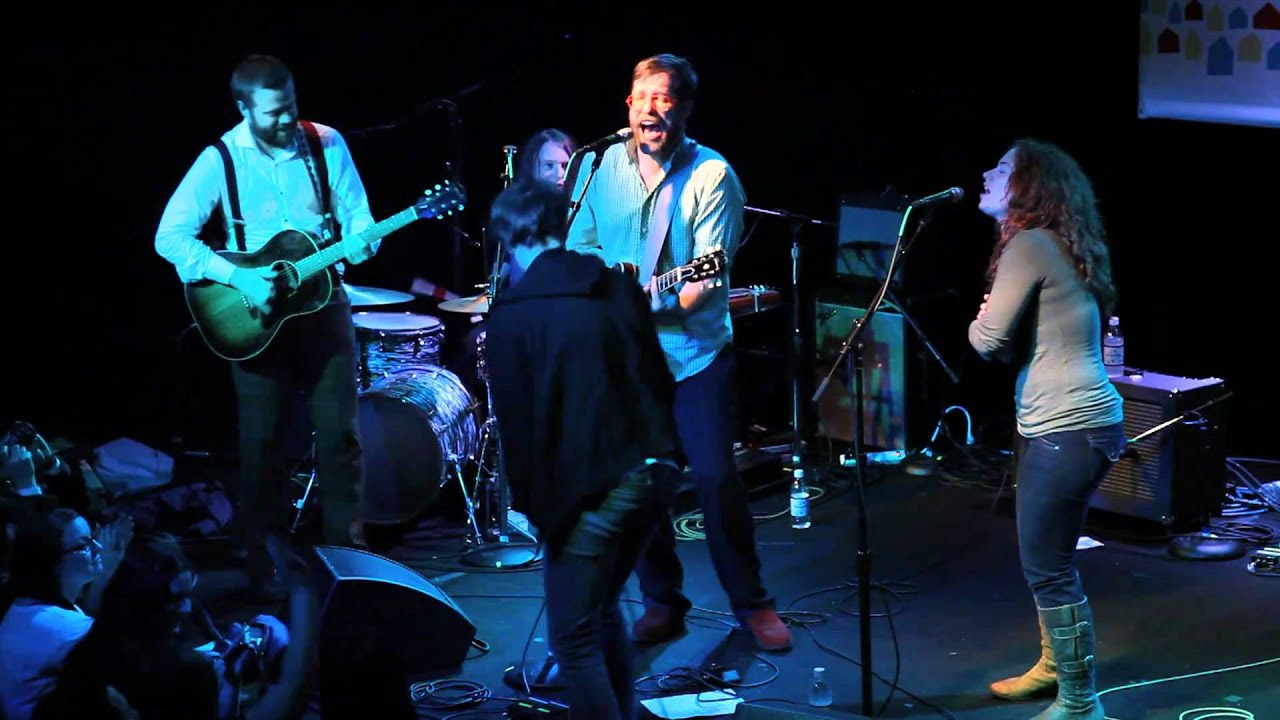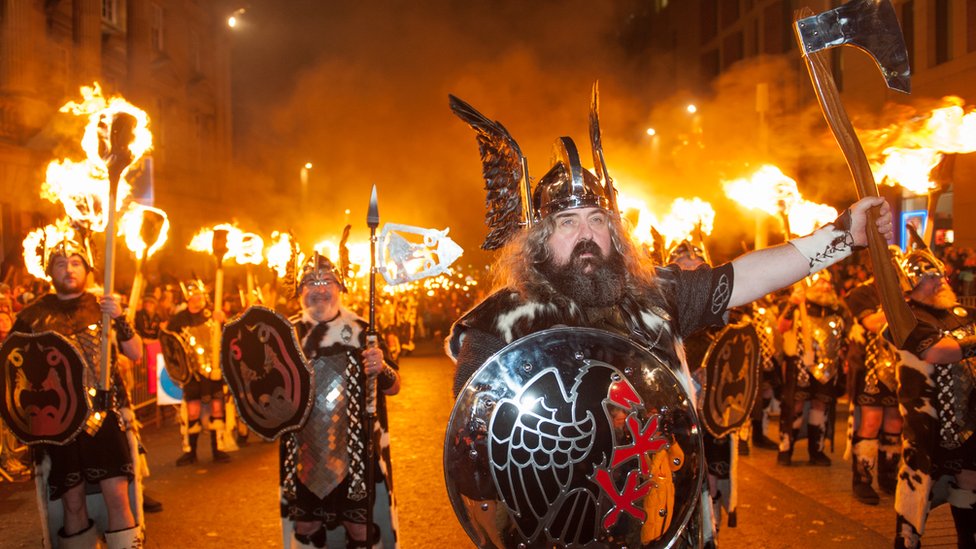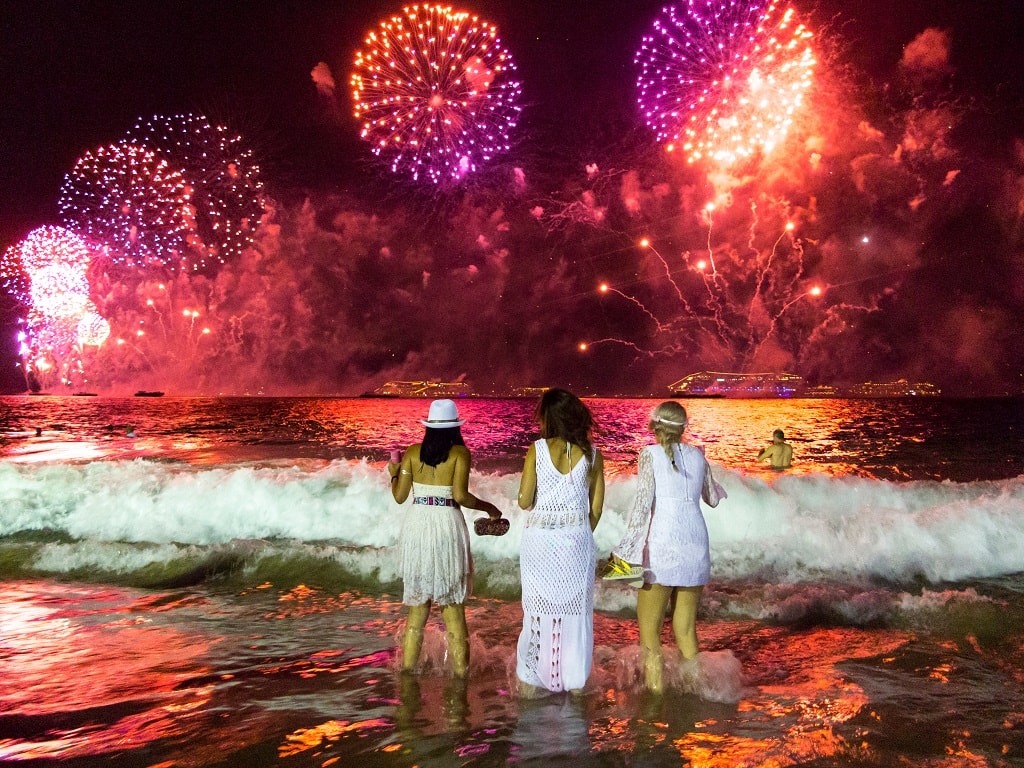New Year’s Eve is a time for celebration and reflection for people around the world. As the calendar flips to a new year, people take the opportunity to reflect on the past year and look forward to the year ahead.
In many countries, people celebrate New Year’s Eve with parties, fireworks, and other festive activities.
One of the most famous New Year’s celebrations is the one held in Times Square in New York City, where a large crystal ball is lowered at midnight to mark the start of the new year. Other popular New Year’s celebrations include lighting fireworks, singing “Auld Lang Syne,” and exchanging gifts and greeting cards.
There are many different ways that people around the world celebrate New Year’s Eve, but one thing that is common in many cultures is the use of fireworks. Fireworks displays are a popular way to ring in the new year, with colorful explosions lighting up the sky and adding to the celebratory atmosphere.
In some countries, such as China and Thailand, fireworks displays are an important part of the New Year’s Eve celebrations. In Thailand, for example, people celebrate the new year with a tradition called “Loi Krathong,” which involves releasing lanterns into the sky. Fireworks are also a central part of the celebrations in Sydney, Australia, where the city’s famous harbor is the site of a spectacular fireworks display that is watched by millions of people around the world.
In addition to fireworks, many people also celebrate New Year’s Eve with parties and gatherings with friends and family. These events can range from small, intimate gatherings to large, elaborate parties with music, dancing, and other entertainment. Some people even host formal New Year’s Eve events, with black tie attire and elaborate dinners.
There are many Unique Events and Traditions that take Place on New Year’s Eve around the world.
In Spain, it is traditional to eat 12 grapes at the stroke of midnight, one for each month of the coming year.

“Polar Bear Plunge” – In many parts of the world, people celebrate New Year’s Eve by taking a dip in icy cold water. This is known as the “Polar Bear Plunge” and is thought to bring good luck for the new year.

“Reykjavik Calling” – In Reykjavik, Iceland, the city hosts a music festival called “Reykjavik Calling” on New Year’s Eve. The event features live music from Icelandic and international artists, as well as fireworks and other festive activities.

“First Footing” – In Scotland, people participate in a tradition called “first-footing,” where they visit friends and family to bring good luck for the new year. The first person to enter a home after midnight is known as the “first-footer,” and it is considered good luck if they bring a gift of coal or shortbread.

“Red Underwear” – In many Latin American countries, it is traditional to wear red underwear on New Year’s Eve in the belief that it will bring love and good fortune for the coming year.

“Watch Night” – In the United States, some African American communities observe a tradition called “Watch Night,” which involves attending church services on New Year’s Eve and praying for blessings in the new year.

“New Year’s Eve Run” – In Berlin, Germany, people celebrate New Year’s Eve by participating in a 5-kilometer run through the city. The event is called the “Silvesterlauf” (New Year’s Eve Run) and attracts thousands of participants each year.

“Hogmanay” – In Scotland, New Year’s Eve is known as “Hogmanay,” and the celebrations are thought to date back to ancient pagan rituals. The celebrations typically include fireworks, parades, and music, as well as the “first-footing” tradition mentioned earlier.

“New Year’s Eve at the Temple” – In Japan, people celebrate New Year’s Eve by visiting temples to ring in the new year with the sound of bells. At midnight, the temple bells are rung 108 times, symbolizing the 108 earthly desires that are believed to plague humans.

“New Year’s Eve on the Beach” – In Rio de Janeiro, Brazil, people celebrate New Year’s Eve by gathering on the city’s famous Copacabana Beach. The beach is filled with people partying and watching fireworks, and it is considered good luck to wear white and jump over seven waves at midnight.

“New Year’s Eve at the Opera” – In Vienna, Austria, the tradition on New Year’s Eve is to attend a performance of the Vienna Philharmonic Orchestra at the Vienna State Opera. The concert features a selection of classical music, and tickets are highly sought after as it is considered a prestigious event.

But How Did the New Year Celebration Came About?
The celebration of the New Year has a long and varied history. The earliest recorded New Year’s celebrations were in ancient civilizations, such as the ancient Egyptians and the ancient Romans. In ancient Egypt, the New Year was celebrated on the day that the Nile began to flood, which was believed to be the beginning of the new year. The ancient Romans also celebrated the New Year, but they did so on March 1st, which was the beginning of the Roman calendar.
In many cultures, the New Year is a time for renewal and reflection on the past year. People often make resolutions or set goals for the coming year, and many traditions and customs have developed around celebrating the New Year.
In many cultures, the New Year is also a time for religious observances, such as attending church services or participating in special ceremonies. Overall, the celebration of the New Year is a time for people to come together and celebrate the start of a new year and a new beginning.
Different cultures and civilizations have used different calendars throughout history, and as a result, they often celebrate the New Year on different dates.
For example, the Gregorian calendar, which is the most widely used calendar in the world today, starts the year on January 1st. This is the New Year celebration that is most commonly observed in the Western world, including in the United States, Canada, and much of Europe.
Many countries around the world celebrate the New Year on different dates due to their cultural traditions or the calendars they follow.
Here is a list of some of the countries and regions that have different New Year dates:
- China: The Chinese New Year, also known as the Lunar New Year, is celebrated on the second new moon after the winter solstice, which falls in January or February. This holiday is a major celebration in China and is also celebrated in other countries with large Chinese communities, such as Vietnam and Korea.
- Iran: The Iranian New Year, known as Nowruz, is celebrated on the spring equinox, which is typically March 21. This holiday is a major celebration in Iran and is also celebrated by Kurds, Tajiks, and other cultures in Central Asia.
- India: India celebrates several different New Year’s days, depending on the region and the calendar being followed. Some calendars used in India include the solar calendar, the lunar calendar, and the regional calendars of different states.
- Jewish communities: The Jewish calendar, which is based on the cycles of the moon and the sun, has Rosh Hashanah as the beginning of the year. Rosh Hashanah typically falls in September or October and is a time of prayer and reflection for Jews around the world.
- Thailand: Thailand celebrates the New Year on April 13, which is the first day of the traditional Thai calendar. The celebration, known as Songkran, is a major holiday in Thailand and is marked by water fights and other festive activities.
- Ethiopia: Ethiopia has its own calendar, which is based on the Julian calendar and the Ethiopian Orthodox Church’s calculations of the annunciation of Jesus. The Ethiopian New Year, known as Enkutatash, is celebrated on September 11.
- Nepal: Nepal follows the lunar calendar and celebrates the New Year, known as Bikram Sambat, on the first day of the month of Baisakh, which falls in April or May.
- Japan: Japan celebrates the New Year on January 1 like many other countries, but it is also a major holiday in Japan called “Shogatsu.” The celebration includes traditional customs such as the ringing of bells at temples, the eating of specific foods, and the sending of New Year’s cards.
- Afghanistan: Afghanistan follows the solar Hijri calendar and celebrates the New Year, known as Nawroz, on March 21. Nawroz is a major holiday in Afghanistan and is marked by festivals, parades, and traditional dance performances.
- Laos: Laos celebrates the New Year, known as Pi Mai Lao, on April 13, which is the first day of the traditional Lao calendar. The celebration is similar to Thailand’s Songkran festival and involves water fights and other festive activities.
- Myanmar: Myanmar celebrates the New Year, known as Thingyan, in mid-April. The holiday is marked by water festivals and parades, and people often wear traditional dress and participate in music and dance performances.
- Saudi Arabia: Saudi Arabia follows the Islamic calendar, which is based on the lunar year. The New Year, known as Muharram, falls on the first day of the month of Muharram and is a time of solemn reflection and mourning for many Muslims.
- Uzbekistan: Uzbekistan follows the solar Hijri calendar and celebrates the New Year, known as Navruz, on March 21. Navruz is a major holiday in Uzbekistan and is marked by festivals, parades, and traditional dance performances.
- Zimbabwe: Zimbabwe celebrates the New Year on April 18, which is the first day of the traditional Shona calendar. The celebration, known as Muzvare, is marked by traditional music and dance performances and the exchange of gifts.
Regardless of how and when they choose to celebrate, New Year’s Eve is a time for people to come together and mark the passing of another year. It is a time to set goals and make resolutions for the year ahead, and to celebrate the joys and accomplishments of the past year.
